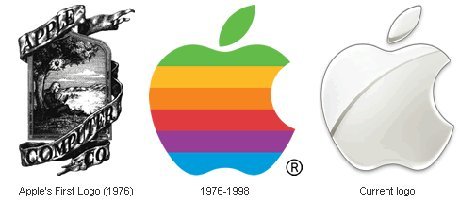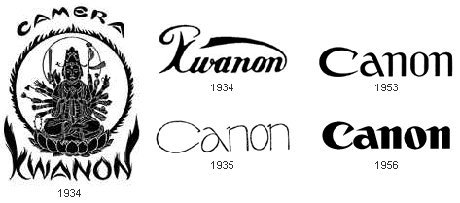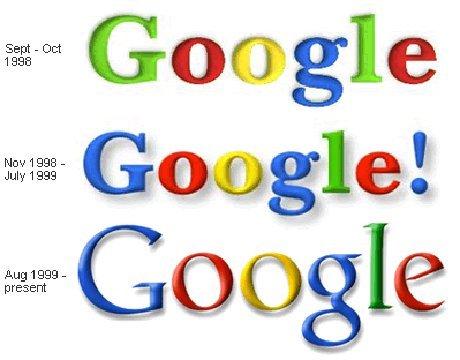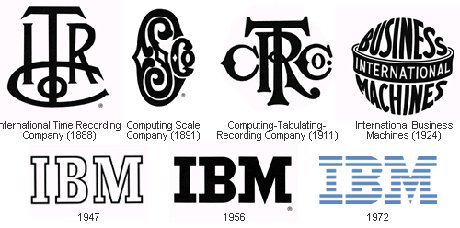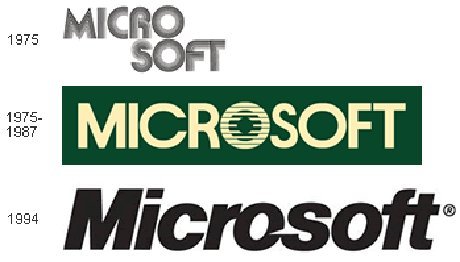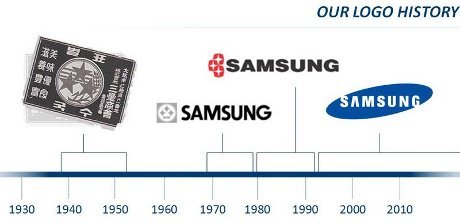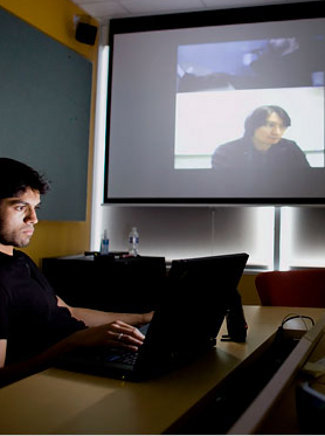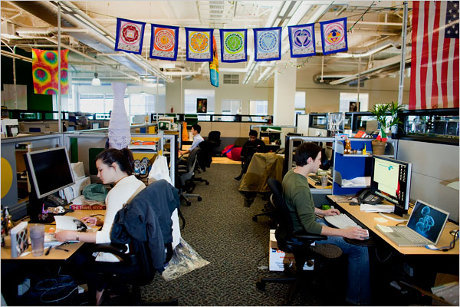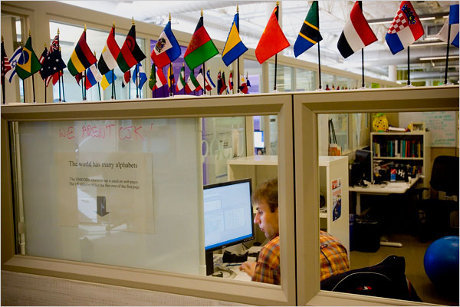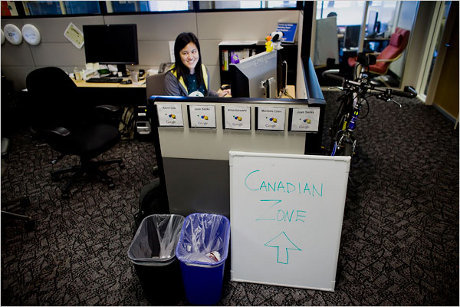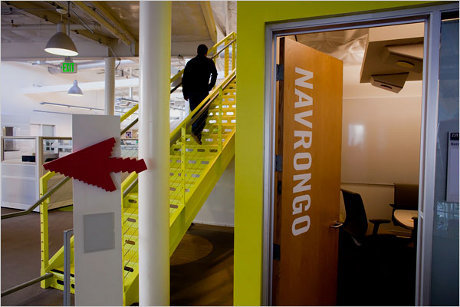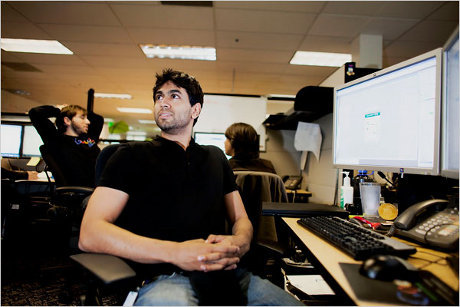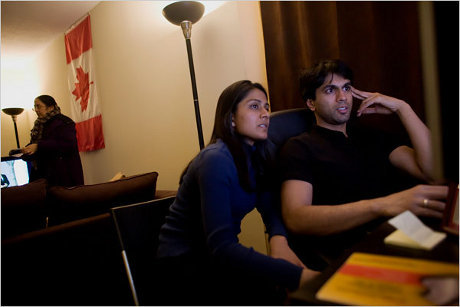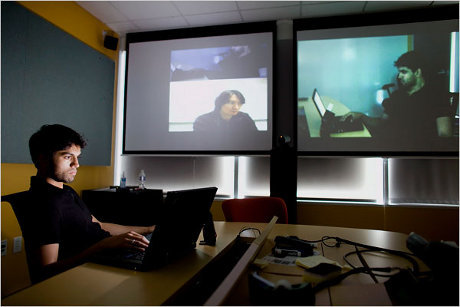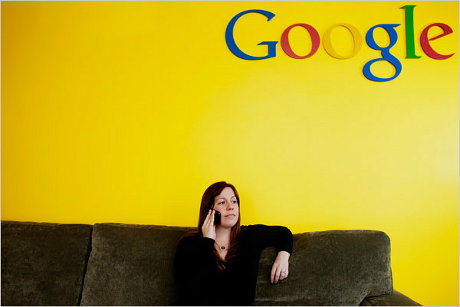Ya, beberapa vendor membuat handset Android yang kental dengan unsur mewah. Baik dari sisi desain maupun material pembuatannya.
Berikut beberapa contoh ponsel Android super mewah, seperti dikutip detikINET dari berbagai sumber.
1. Grand Touch
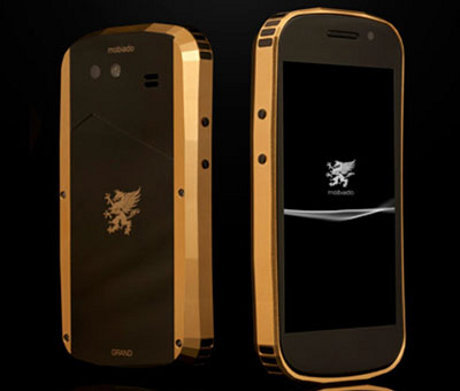
Ponsel Google Nexus S besutan Samsung normalnya dijual tidak lebih dari Rp 5 juta. Akan tetapi handset Nexus S yang satu ini dibanderol mulai dari USD 3.000 atau sekitar Rp 25,6 juta.
Seperti umumnya handset dengan harga di luar kewajaran, Nexus S tersebut dimodifikasi penampilannya sehingga tampak mewah. Perusahaan pembuatnya adalah Mobiado yang berbasis di Kanada.
Nexus S dari Mobiado pun diubah namanya menjadi Grand Touch. Material asli Nexus S yang dominan plastik pun diganti dengan bahan mewah.
Edisi Grand Touch CNC yang dijual USD 3000, dibuat dari material pembuatan pesawat terbang. Sedangkan Grand Touch GCB yang harganya USD 4000 dilapisi emas murni 24 karat.
Dari sisi spesifikasi, tidak ada yang berubah dibanding Nexus S edisi biasa. Handset ini membawa fitur-fitur seperti layar Super Amoled, memori internal 16 GB, kamera 5MP dengan LED Flash dan memakai sistem operasi Android Gingerbread.
2. Tag Heuer Racer
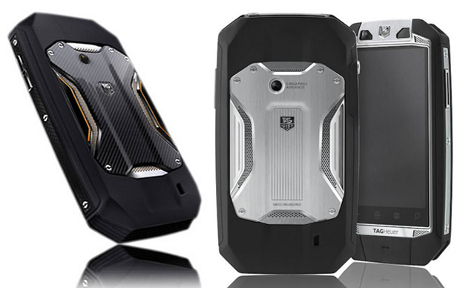
Tahun ini, produsen jam mewah Tag Heuer meluncurkan smartphone Android bernama Racer. Sesuai namanya, Racer mengusung konsep mobil balap dan dibanderol USD 3.700 atau berkisar Rp 36 juta.
Apa yang membuatnya dibanderol begitu mahalnya dan mewah? Salah satunya karena bentuknya yang terinspirasi dari mobil Formula 1 dan GT racing sehingga membuatnya terlihat elegan.
Kemewahannya terlihat pula di material bodi yang digunakan seperti carbon fiber dan titanium. Tag Heuer Racer juga menggunakan casing berlapis karet dan tahan banting.
Smartphone mewah tersebut mulai bisa dibeli pada bulan Juli. Tentu saja menyasar para orang kaya.
3. Lamborghini TL700
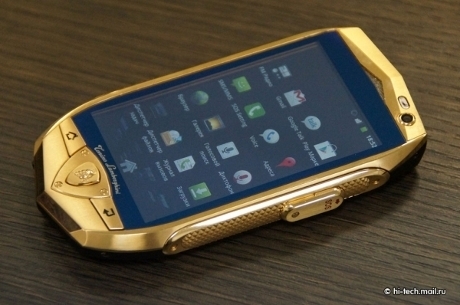
Lamborghini, produsen mobil sport mewah asal Italia kini masuk juga ke pasar smartphone. Mereka merilis ponsel yang memakai sistem operasi Android.
Handset Lamborghini TL700 memiliki bentang layar 3,7 inch, prosesor Qualcomm, kamera 5 megapixel, kamera depan VGA dan OS Android 2.3 alias Gingerbread. Sedangkan baterainya sebesar 1.400 mAh.
Meskipun spesifikasinya tampak biasa saja, desain serta materialnya memang eksklusif. Tengok saja, bahan pembuatannya dari emas dan kulit buaya. Adapun desainnya menampakkan agresifitas khas layaknya supercar Lamborghini.
Harga Lamborghini TL700 adalah USD 2.750 atau sekitar Rp 25,7 juta. Ponsel besutan Lamborghini tersebut rencananya akan dijual pertama kali di Rusia.
4. Tag Heuer Link
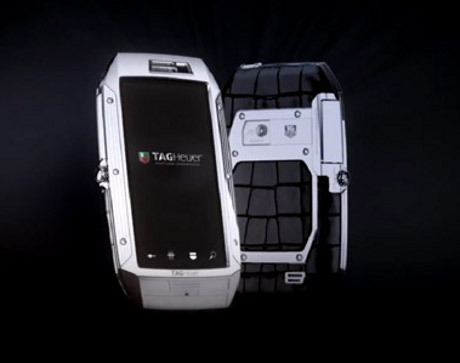
Namun handset Android yang satu ini harganya juga sangat tinggi, bahkan mungkin hampir cukup untuk menebus sebuah mobil second. Ponsel bernama Tag Heuer Link tersebut pada awal kemunculannya di tahun 2011 dijual mulai USD 8.400 atau sekitar Rp 72 juta.
Jelas, segmen pasarnya menyasar orang kaya. Memang sebagai produsen jam tangan kelas atas, Tag Heuer tentu tidak mau bikin perangkat biasa-biasa saja kala terjun ke bisnis ponsel.
Menggunakan sistem operasi Android Froyo, spesifikasi Tag Heuer Link tidak jauh berbeda dari ponsel Android lain yang meluncur kala itu. Misalnya kamera 5 MP, layar 3,5 inch dengan resolusi 800x480 serta konektivitas lengkap.
Yang membuatnya dibanderol tinggi adalah desain eksklusif serta material premium. Dibalut casing stainless steel, emas dan titanium, peminat juga bisa memilih bahan cover dari kulit.
Ponsel ini memiliki berbagai kustomisasi ala jam tangan mewah Tag Heuer. Dari wallpaper, ringtone, widget dan sebagainya. Sebagian sudut bodinya juga mengambil inspirasi dari jam tangan nan mahal itu.
5. Ulysse Nardin Chairman
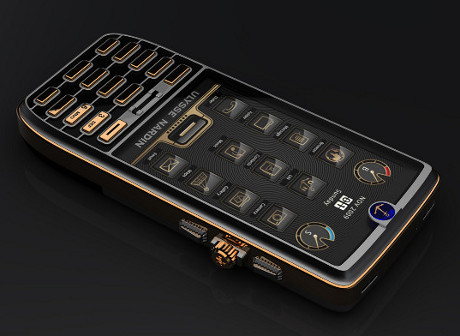
Tidak dapat dipungkiri, Ulysse Nardin Chairman bukan hanya smartphone Android paling mahal, namun mungkin juga smartphone tertinggi harganya secara keseluruhan. Guiness World Record bahkan menobatkannya sebagai ponsel termahal.
Memangnya berapa harganya? Mencapai sekitar USD 130 ribu. Dengan harga setinggi itu, Chairman jelas punya beberapa keistimewaan. Setiap unitnya dibuat dengan tangan dan dibutuhkan waktu pemesanan sampai 8 bulan sebelum sampai ke tangan konsumen.
Jumlah unit yang terjual sangat terbatas, hanya 1.846 unit per tahunnya. Handset ini punya 3.000 butir berlian, salah satu faktor yang membuat harganya melambung.
Selain sisi desain yang mewah, spesifikasinya pun tidak begitu mengecewakan. Chairman memakai OS Android yang sudah dimodifikasi dan layar seluas 3,2 inch. Sedangkan kameranya beresolusi 8 megapixel.
sumber :http://forum.detik.com/inilah-5-ponsel-android-termewah-di-dunia-t471260.html?i9933frm

